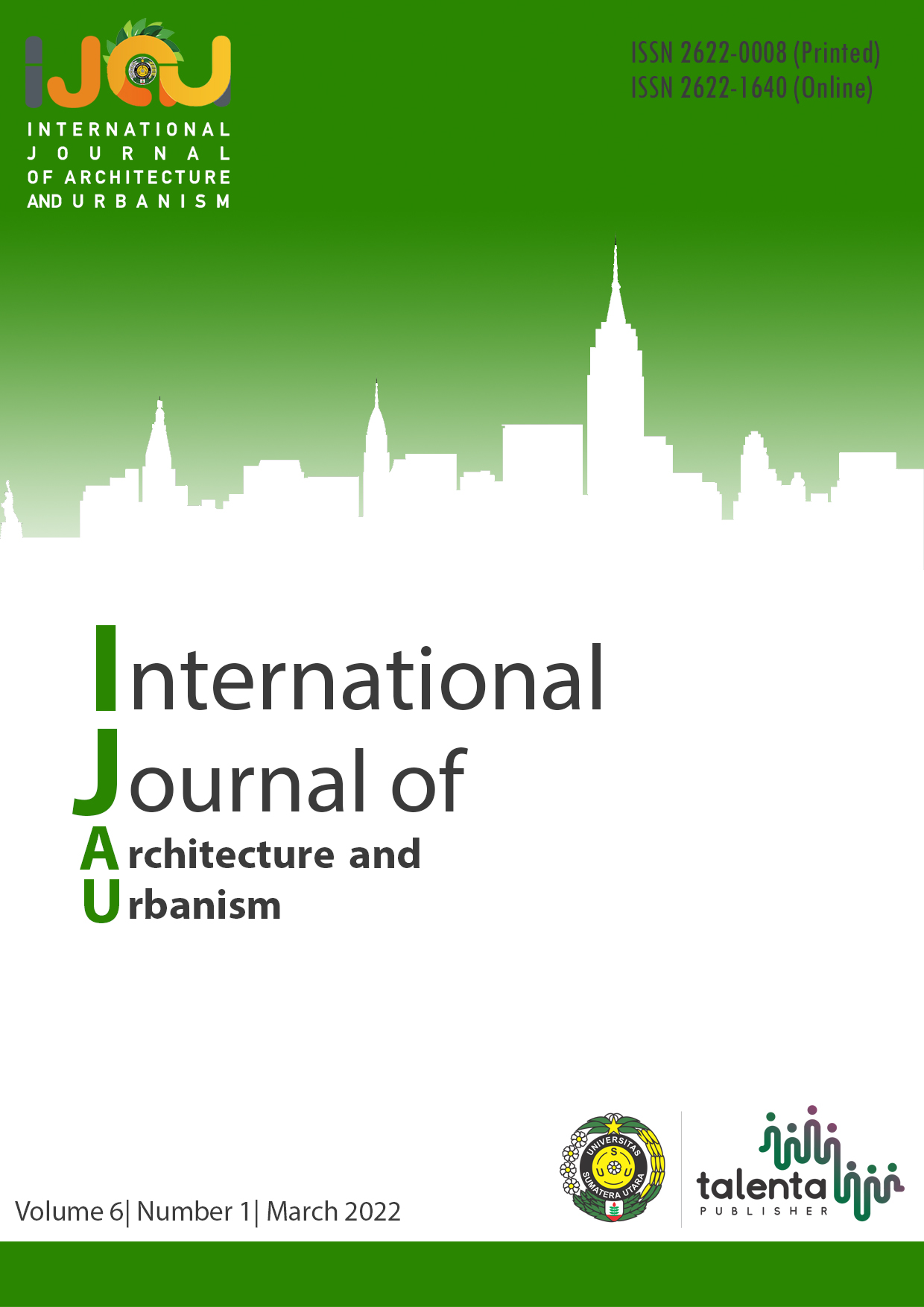Revitalizing the former Tobacco ripening area PTPN II (Designing Deli Tobacco Museum and Hostel)
DOI:
https://doi.org/10.32734/ijau.v6i1.8672Keywords:
adaptive reuse, hostel, museum, revitalization, tobaccoAbstract
The PTPN II Medan area, located on Jalan Pertempuran, is an Industrial Reserve Area with the potential to be preserved. The lack of effort to protect and preserve historical areas is one factor causing the lack of public knowledge about historical areas in Medan City. In this design, the former tobacco ripening warehouse is revitalized with the Adaptive Reuse concept. The old warehouse building will be re-functioned as the Deli Tobacco Museum to revive the building's historical value. However, there was a consideration of the need for location and respect; besides the Museum building, there were also other building design functions, one of which was the Hostel. The research method used is qualitative. Qualitative methods, namely, 1) data collection. 2) Design Analysis. 3) Design Concept. Concepts can be created through user needs, environment, analyzes, and studies that have been carried out, problems, and solutions found. Procurement of the Deli Tobacco Museum and Hostel is a solution to increase the community's knowledge and interest to learn about the history that has existed in Medan. The Museum and Dormitory building is designed with a more modern appearance. Still, it maintains the historical values ​​in the area to educate museum visitors about the important part of Medan City that is needed and believed to be able to repair and revive the area and improve the city's economy and tourism industry.
Downloads
Downloads
Published
How to Cite
Issue
Section
License
Copyright (c) 2022 International Journal of Architecture and Urbanism

This work is licensed under a Creative Commons Attribution-ShareAlike 4.0 International License.


.png)










